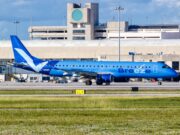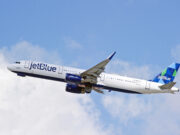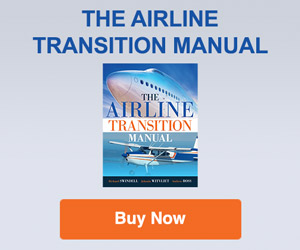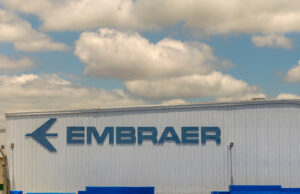
Overview
Contributions, on an after-tax basis, to your 401(k) can be converted to a Roth and remain in the 401(k), or possibly, be moved to an outside Roth IRA. This would provide tax-free income to be used during retirement that would supplement your taxable income since the gains on Roths are not taxed upon distribution. There are two types of Roths (and therefore two types of conversions to Roth). They are the Roth 401(k) and the Roth IRA. There are significant differences between the two.

Procedure
To accomplish this, you will have had to reach your personal limit of either $19,000 or $25,000 for the year. (For our purposes, I am citing 2019 limits.) Once this is achieved, you can make after-tax contributions to your 401(k) up to the 415(c) limit of either $56,000 or $62,000. Keep in mind, if your company also contributes to your 401(k), your after-tax contributions will be combined with your company’s contributions for the purpose of reaching the overall limit. Example: A total overall limit of $56,000 wherein you contributed the max of $19,000; the company, at that point, has contributed $10,000 to provide $29,000 in the 401(k). You can now contribute $27,000 after-tax (to bring you immediately up to the $56,000 limit). The $27,000 would go into the after-tax “bucket” which is convertible to a Roth within the 401(k) OR you can roll (the $27,000 bucket) into an outside Roth IRA (if your plan allows in-service distributions). Not all 401(k) plans allow this, so you would have to check with your provider. The 401(k) plan has to allow in-service distributions of after-tax funds prior to age 591/2 to be able to roll out these funds and also allow after-tax contributions.
Required minimum distributions (RMD)
RMDs are required when you reach age 70 1/2 from taxable accounts: 401(k), IRA, SEP, IRA, etc. RMDs are also required on a Roth 401(k) if you have left the Roth conversion in the 401(k) at the time you reach the RMD age. RMDs are not required on Roth IRAs. Therefore, a rollover from a Roth 401(k) to a Roth IRA would make sense closer to the time you would reach RMD age, so you are not required to take distributions. (Currently, there is a bill in Congress to raise this RMD age to 72 years.)
Summary
This is called a Mega Backdoor Roth (rather than a regular Backdoor Roth) because you have the option of putting much more into an after-tax 401(k) than the $6,000 or $7,000 (2019) annual IRA limits. With a regular Backdoor Roth, you contribute the $6,000 or $7,000 to an after-tax IRA, then convert to a Roth. With a Mega Backdoor Roth, you can contribute up to the 415(c) limit after tax, within the 401(k) and convert to Roth either inside or outside of the 401(k). Anytime you convert, in either of these scenarios, you will owe taxes on the gains upon the day of conversion. These gains are added to your taxable income for that year and are taxed at your effective tax rate. Few may be interested in this option, but I want to bring it to your attention for your retirement planning. If permissible within your plan, it is a great way to build substantial tax-free income.
ACN
























































